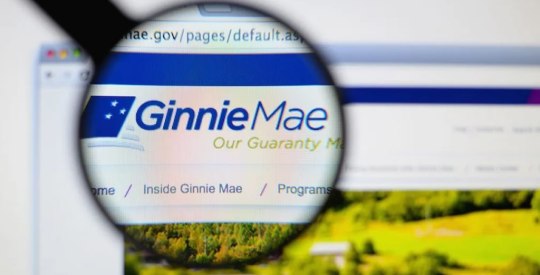There’s a lot going on, although nothing is really happening. As most expected last fall, origination volumes in 2014 are down roughly 50 percent from 2013 levels. Driving the drop are reductions in principal limit factors and the shift to mostly LIBOR origination with capped balances in the first year. Given the decline in production, competition among originators and Ginnie Mae issuers has been fierce for wholesale, principal agent and correspondent business, causing profit margins to come under intense pressure.
Undoubtedly, origination platforms with a high retail percentage have fared the best contrasted with those that rely on wholesale or correspondent business. Routinely in 2014, originators and issuers have had to bid through HMBS execution and include the embedded servicing value (mainly comprising future tail securitizations). This essentially means taking a loss upfront and then realizing some value in the future (typically 12 months at a minimum). I can assure you that not many originators would characterize 2014 as fun! In many instances, the only silver lining keeping origination platforms intact and able to operate without mass layoffs are the premiums earned on tail securitizations (i.e., securitizations of line-of-credit draws from prior vintages, MIP and the 36-basis-point servicing strip).
HMBS spreads have grown steadily tighter in 2014, particularly in the second quarter. Floating rate and fixed rate tail trade at premiums ranging from 108 to 110, depending on the average life and coupon of the security. Interest rates have also dropped in 2014, which benefits pricing on fixed-rate HMBS. If interest rates pick back up or HMBS spreads widen, it will put immediate pressure on wholesale and correspondent aggregators. I expect the level of competition to remain high, as the supply of new originations remains depressed, a trend that will likely continue into 2015. Brokers and closed loan sellers will continue to enjoy the aggregators bidding aggressively, which puts Wall Street dealers in a similar position. There’s so little volume available compared with the buying capacity of Wall Street, spreads should stay fairly range-bound.
On the capital markets side, spreads for the HECM 60 product are at all-time highs. Spread levels for fixed and floating HECM 60 paper are in the 30s and 40s, with dollar prices in the 109 to 112 range. Again, this is driven by the lack of supply and the fact that Wall Street dealers are scrambling for product. Most, if not all, HMBS is being securitized into HREMICs with BAML, Stifel, RBS, Nomura and Brean active in structuring new issue deals.
In June, RMS led the issuance pack with more than $100 million issued; AAG came in second with just under $100 million. These two issuers comprised roughly 50 percent of the issuance market. Urban, Liberty, Nationstar, Generation, LiveWell and Plaza rounded out the other 50 percent with a combined $425 million in issuance. Issuance is dominated by LIBOR with a 75- to 80-percent share. The breadth and depth of the investor community at these spread levels is fairly thin, and like we’ve seen in years past, most will stay on the sidelines and wait for a spread widening event.
I estimate the basket of investors sponsoring the sector will grow by 10 for each 25 basis point movement in spreads. A material increase in origination volumes and refinances and prepayments picking up in the late 2013 and 2014 HECM 60 originations would likely cause spreads to widen. Given the recent increase in PLF’s, there is undoubtedly an opportunity for originators to refinance certain ages and MCAs. We’ll have to wait and see how successful and efficient the brokers and retail originators are in pursuing this. If we do see spikes in prepayments into later summer and fall, I do think it causes spreads to widen.
In other developments, after the open-ended and underutilized fixed-rate experiment ground to a halt per HUD’s request, the next lab experiment has been a 5-percent lifetime cap LIBOR loan. Originators are offering both annual and monthly adjusting products. There are widely varying perceptions of value in these low cap ARMs and this difference in opinion is easily observed on originator rate sheets. Some price these very aggressively, others not so much. The low cap ARM is obviously attractive to the consumer, as it caps their home-equity erosion as interest rates rise in the future. From a capital markets perspective, the low cap ARM destroys much of the value proposition for investors in both the HREMIC floater and IO (interest only). Investors in the par priced floater are attracted to the 11 percent cap (the way most deals are structured) and enjoy a cash flow that contracts in (spread) duration as rates go higher.
The lower cap also creates a refinance opportunity in a higher inflation (HPA rising) scenario for IO holders. As the unpaid balance gets capped out into higher rates and as home prices appreciate, the borrower will be able to extract more money as their UPB isn’t moving with HPA anymore. It’s still early in this experiment and as I always say, “there aren’t bad bonds, just bad prices.” It may be that there’s additional price discovery as these assets are structured and sold into the marketplace; time will tell.
Finally, there’s a good amount of progress being made to solve the true sale accounting issues that have plagued the sector since 2011 (although some might argue since 2008). I applaud HUD for spearheading an industry-wide effort to solve this once and for all. Seems like there’s a lot going on during a time when nothing is really happening!



